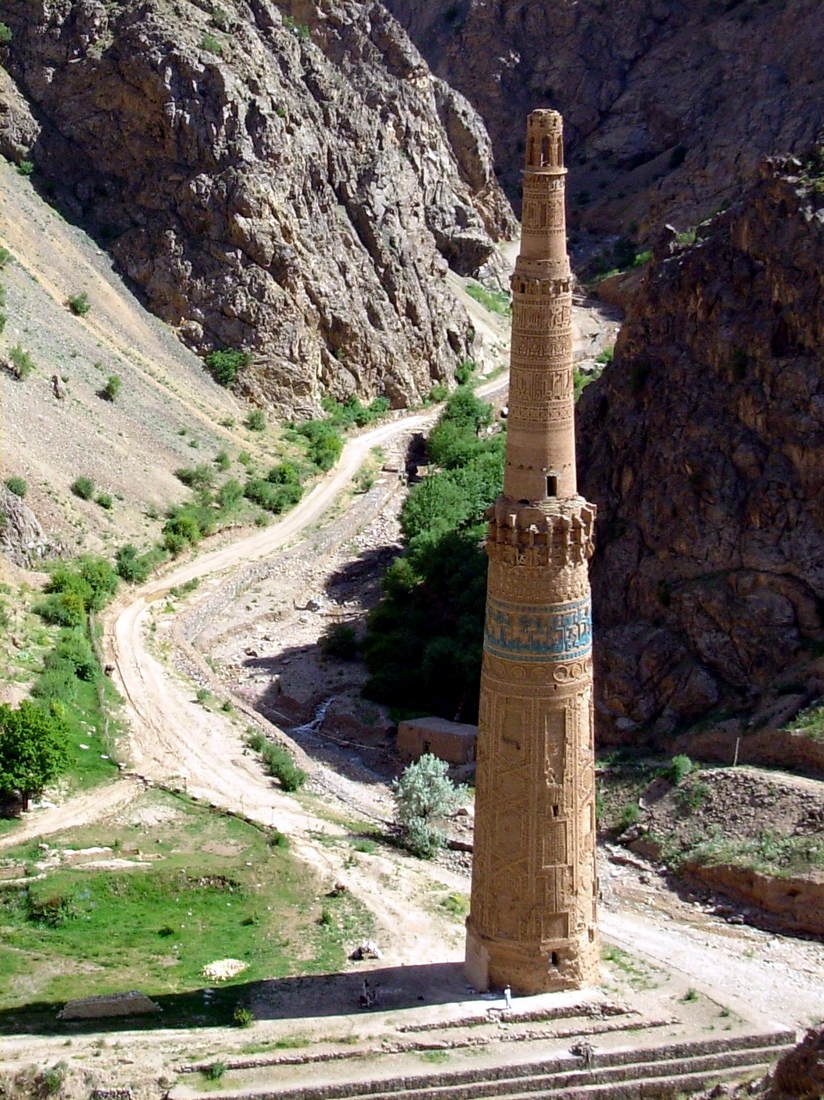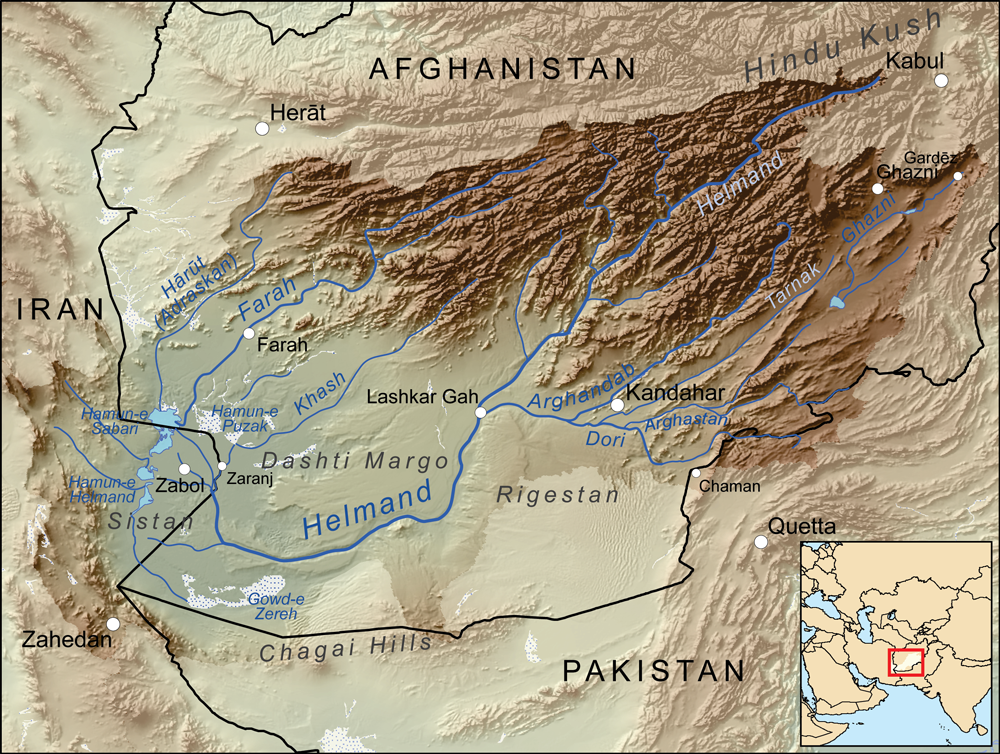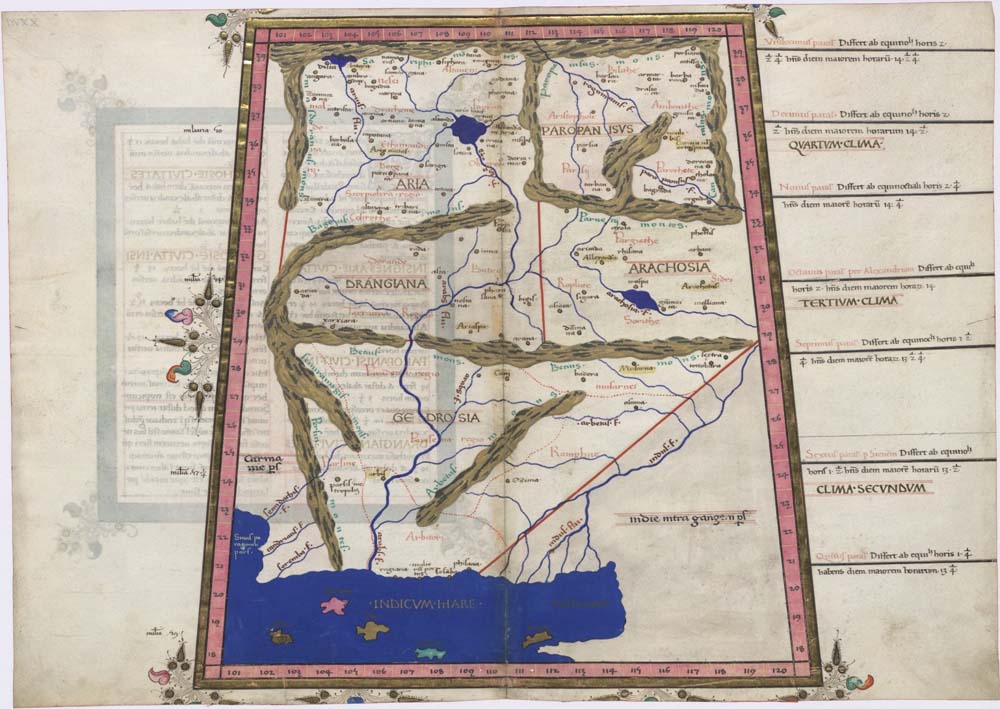|
Mihr Yasht
The Mihr Yasht is the tenth Yasht of the 21 Yasht collection and is dedicated to the veneration of Mithra. It belongs to the so called ''Great Yashts'' and, with 145 stanzas, it is one of the longest in the collection. Overview The Mihr Yasht is named after Mithra, whose name in Middle Persian became mihr. Mithra is the Zoroastrian divinity associated with oaths, contracts and the Sun. The Mihr Yasht is the hymn of the sixteenth day of the month in the Zoroastrian calendar. It has 145 stanzas and belongs to the so called ''Great Yashts''. This term refers to the longer Yashts, which are often considered to be older and more important. Within this group, the Mihr Yasht is sometimes grouped together with Yashts 8, 13 and 14, into the hymnic group. Some parts of the Yasht have been incorporated into the Mihr Niyayishn, the second prayer from the Niyayishn collection, which is also dedicated to Mithra. History Mithra, the Zoroastrian divinity being praised in the Mihr Yasht, is r ... [...More Info...] [...Related Items...] OR: [Wikipedia] [Google] [Baidu] |
Yasht
The Yashts are a collection of twenty-one hymns in the Younger Avestan language. Each of these hymns invokes a specific Zoroastrian divinity or concept. ''Yasht'' chapter and verse pointers are traditionally abbreviated as ''Yt.'' Overview The word ''yasht'' derives from Middle Persian 𐭩𐭱𐭲 yašt (“prayer, worship”) probably from Avestan ''𐬫𐬀𐬱𐬙𐬀'' (yašta, “honored”), from ''𐬫𐬀𐬰'' (yaz, “to worship, honor”), from Proto-Indo-European ''*yeh₂ǵ-'' or ''*Hyaǵ-'', and several hymns of the '' Yasna'' liturgy that "venerate by praise" are—in tradition—also nominally called ''yasht''s. These "hidden" Yashts are: the ''Barsom Yasht'' (''Yasna'' 2), another '' Hom Yasht'' in ''Yasna'' 9–11, the ''Bhagan Yasht'' of ''Yasna'' 19–21, a hymn to Ashi in ''Yasna'' 52, another Sarosh ''Yasht'' in ''Yasna'' 57, the praise of the (hypostasis of) "prayer" in ''Yasna'' 58, and a hymn to the Ahurani in ''Yasna'' 68. Since these are a part ... [...More Info...] [...Related Items...] OR: [Wikipedia] [Google] [Baidu] |
Avestan Geography
Avestan geography refers to the investigation of place names in the Avesta and the attempt to connect them to real-world geographical sites. It is therefore different from the cosmogony expressed in the Avesta, where place names refer to mythical events or a cosmological order. Identifying such connections is important for localizing the people of the Avesta and is therefore crucial for understanding the early history of Zoroastrianism and the Iranian peoples. Sources for such geographical references are exclusively found in the younger Avestan portion of the text, in particular in the Vendidad and several of the Yashts. The identification of these Avestan place names with real locations is often supported by comparisons with references made in later Iranian sources. A major challenge to establish these connections is the fact that the Iranian people often used the same name for different places. As a result, not all Avestan place names can be identified with certainty with presen ... [...More Info...] [...Related Items...] OR: [Wikipedia] [Google] [Baidu] |
Buddhas Of Bamiyan
The Buddhas of Bamiyan (or Bamyan) were two 6th-century monumental statues carved into the side of a cliff in the Bamyan valley of Hazarajat region in central Afghanistan, northwest of Kabul at an elevation of . Carbon dating of the structural components of the Buddhas has determined that the smaller "Eastern Buddha" was built around 570 CE, and the larger "Western Buddha" was built around 618 CE, which would date both to the time when the Hephthalites ruled the region. The statues represented a later evolution of the classic blended style of ancient art in Afghanistan. Present-day inhabitants of the area, who follow Islam and speak the Hazaragi dialect of Dari Persian, call the larger statue Salsal ("the light shines through the universe") and identify it as male. The shorter statue is called Shamama ("Queen Mother") identifying it as a female figure. Technically both were reliefs, as at their backs they merged into the cliff wall. The main bodies were hewn directly fr ... [...More Info...] [...Related Items...] OR: [Wikipedia] [Google] [Baidu] |
Bamyan Province
Bamyan Province ( prs, ولایت بامیان) also spelled Bamiyan, Bāmīān or Bāmyān is one of the thirty-four provinces of Afghanistan, located in the central highlands of the Afghanistan. The terrain in Bamyan is mountainous or semi-mountainous, at the western end of the Hindu Kush mountains concurrent with the Himalayas. The province is divided into eight districts, with the town of Bamyan serving as its capital. The province has a population of about 495,557 and borders Samangan to the north, Baghlan, Parwan and Wardak to the east, Ghazni and Daykundi to the south, and Ghor and Sar-e Pol to the west. It is the largest province in the Hazarajat region of Afghanistan and is the cultural capital of the Hazara ethnic group that predominates in the area. It was a center of commerce and Buddhism in the 4th and 5th centuries. In antiquity, central Afghanistan was strategically placed to thrive from the Silk Road caravans that crisscrossed the region, trading betwee ... [...More Info...] [...Related Items...] OR: [Wikipedia] [Google] [Baidu] |
Hindu Kush
The Hindu Kush is an mountain range in Central and South Asia to the west of the Himalayas. It stretches from central and western Afghanistan, Quote: "The Hindu Kush mountains run along the Afghan border with the North-West Frontier Province of Pakistan". into northwestern Pakistan and far southeastern Tajikistan. The range forms the western section of the ''Hindu Kush Himalayan Region'' (''HKH''); to the north, near its northeastern end, the Hindu Kush buttresses the Pamir Mountains near the point where the borders of China, Pakistan and Afghanistan meet, after which it runs southwest through Pakistan and into Afghanistan near their border. The eastern end of the Hindu Kush in the north merges with the Karakoram Range.Karakoram Range: MOUNTAINS, ASIA Encyclopædia Britannica Towards it ... [...More Info...] [...Related Items...] OR: [Wikipedia] [Google] [Baidu] |
Ghor Province
Ghōr (Dari: ), also spelled Ghowr or Ghur, is one of the thirty-four provinces of Afghanistan. It is located in the western Hindu Kush in central Afghanistan, towards the northwest. The province contains eleven districts, encompassing hundreds of villages, and approximately 764,472 settled people. Firuzkoh (called Chaghcharan until 2014) serves as the capital of the province. Etymology The ancient Indo-European, Sogdian ''gor-''/''gur-'' ("mountain"-) is well preserved in all Slavic ''gor-''/''gór- (goor-/gur-)'', e.g.: Gorals, Goran, Goranci, Góra, Gora..., in Iranian languages, e.g.: Gorani language, Guran (Kurdish tribe)... and even in India and Nepal, e.g.: Gurkha. The Polish notation using ''gór-'' ("ó" stands for a sound between English "oo" and "u") instead of the popular ''gur-'' or ''ghur-'' preserves the ancient orthography. History The inhabitants of Ghor were completely Islamized during the Ghurids era. Before the 12th century, the area was hom ... [...More Info...] [...Related Items...] OR: [Wikipedia] [Google] [Baidu] |
Helmand River
The Helmand River (also spelled Helmend, or Helmund, Hirmand; Pashto/ Persian: ; Greek: ' (''Etýmandros''); Latin: ') is the longest river in Afghanistan and the primary watershed for the endorheic Sistan Basin. It emerges in the Sanglakh Range of the Hindu Kush mountains in the northeastern part of Maidan Wardak Province, where it is separated from the watershed of the Kabul River by the Unai Pass. The Helmand feeds into the Hamun Lake on the border between Afghanistan and Iran. Etymology The name comes from the Avestan ''Haētumant'', literally "dammed, having a dam", which referred to the Helmand River and the irrigated areas around it. Geography The Helmand River stretches for . It rises in the northeastern part of Maidan Wardak Province in the Hindu Kush mountains, about 40 km west of Kabul (), flowing southwestward through Daykundi Province and Uruzgan Province. After passing through the city of Lashkargah in Helmand Province, it enters the desert of ... [...More Info...] [...Related Items...] OR: [Wikipedia] [Google] [Baidu] |
Ilya Gershevitch
Ilya Gershevitch (1914 in Zürich – 2001 in Cambridge) was a noted Iranologist. Gershevitch was born to Russian parents fleeing from Germany to Switzerland at the outbreak of World War I. He enrolled in the University of Rome in 1933, and moved to England in 1938. In 1948, he became the first holder of a new Lectureship in Iranian Studies at Cambridge University. He became a Fellow of the British Academy in 1967 and later a corresponding member of both the Accademia dei Lincei and the Russian Academy. In 1971 he received an honorary doctorate from the University of Berne. His work includes pioneering studies of the Bashkardi dialect, the decipherment of Bactrian, besides contributions to Sogdian and Avestan philology, Ossetic, Elamite and Zoroastrian studies and Achaemenid The Achaemenid Empire or Achaemenian Empire (; peo, 𐎧𐏁𐏂, , ), also called the First Persian Empire, was an ancient Iranian empire founded by Cyrus the Great in 550 BC. Based in Western ... [...More Info...] [...Related Items...] OR: [Wikipedia] [Google] [Baidu] |
Chorasmia
Khwarazm (; Old Persian: ''Hwârazmiya''; fa, خوارزم, ''Xwârazm'' or ''Xârazm'') or Chorasmia () is a large oasis region on the Amu Darya river delta in western Central Asia, bordered on the north by the (former) Aral Sea, on the east by the Kyzylkum Desert, on the south by the Karakum Desert, and on the west by the Ustyurt Plateau. It was the center of the Iranian Khwarezmian civilization, and a series of kingdoms such as the Afrighid dynasty and the Anushtegin dynasty, whose capitals were (among others) Kath, Gurganj (now Konye-Urgench) and – from the 16th century on – Khiva. Today Khwarazm belongs partly to Uzbekistan and partly to Turkmenistan. Names and etymology Names Khwarazm has been known also as ''Chorasmia'', ''Khaurism'', ''Khwarezm'', ''Khwarezmia'', ''Khwarizm'', ''Khwarazm'', ''Khorezm'', ''Khoresm'', ''Khorasam'', ''Kharazm'', ''Harezm'', ''Horezm'', and ''Chorezm''. In Avestan the name is '; in Old Persian 𐎢𐎺𐎠𐎼𐏀𐎷𐎡𐏁 ... [...More Info...] [...Related Items...] OR: [Wikipedia] [Google] [Baidu] |
Sogdiana
Sogdia ( Sogdian: ) or Sogdiana was an ancient Iranian civilization between the Amu Darya and the Syr Darya, and in present-day Uzbekistan, Turkmenistan, Tajikistan, Kazakhstan, and Kyrgyzstan. Sogdiana was also a province of the Achaemenid Empire, and listed on the Behistun Inscription of Darius the Great. Sogdiana was first conquered by Cyrus the Great, the founder of the Achaemenid Empire, and then was annexed by the Macedonian ruler Alexander the Great in 328 BC. It would continue to change hands under the Seleucid Empire, the Greco-Bactrian Kingdom, the Kushan Empire, the Sasanian Empire, the Hephthalite Empire, the Western Turkic Khaganate and the Muslim conquest of Transoxiana. The Sogdian city-states, although never politically united, were centered on the city of Samarkand. Sogdian, an Eastern Iranian language, is no longer spoken, but a descendant of one of its dialects, Yaghnobi, is still spoken by the Yaghnobis of Tajikistan. It was widely spoken in Central As ... [...More Info...] [...Related Items...] OR: [Wikipedia] [Google] [Baidu] |
Margiana
Margiana ( el, ''Margianḗ'', Old Persian: ''Marguš'', Middle Persian: ''Marv'') is a historical region centred on the oasis of Merv and was a minor satrapy within the Achaemenid satrapy of Bactria, and a province within its successors, the Seleucid, Parthian and Sasanian empires. It was located in the valley of the Murghab River which has its sources in the mountains of Afghanistan, and passes through Murghab District in modern Afghanistan, and then reaches the oasis of Merv in modern Turkmenistan. Margiana bordered Parthia to the south-west, Aria in the south, Bactria in the east and Sogdia in the north. History Ancient period Historians currently disagree as to the exact history of Margiana prior to the Achaemenid conquest. It is considered part of a Bronze Age civilisation, the Bactria–Margiana Archaeological Complex (short BMAC), also known as the Oxus civilisation. Some historians have argued that a kingdom was established and an urban society had begun to ... [...More Info...] [...Related Items...] OR: [Wikipedia] [Google] [Baidu] |
Herat
Herāt (; Persian: ) is an oasis city and the third-largest city of Afghanistan. In 2020, it had an estimated population of 574,276, and serves as the capital of Herat Province, situated south of the Paropamisus Mountains (''Selseleh-ye Safēd Kōh'') in the fertile valley of the Hari River in the western part of the country. An ancient civilization on the Silk Road between the Middle East, Central and South Asia, it serves as a regional hub in the country's west. Herat dates back to Avestan times and was traditionally known for its wine. The city has a number of historic sites, including the Herat Citadel and the Musalla Complex. During the Middle Ages Herat became one of the important cities of Khorasan, as it was known as the ''Pearl of Khorasan''. After the conquest of Tamerlane, the city became an important center of intellectual and artistic life in the Islamic world. Under the rule of Shah Rukh the city served as the focal point of the Timurid Renaissance, ... [...More Info...] [...Related Items...] OR: [Wikipedia] [Google] [Baidu] |










